- 0086-571-85302990
- sales@greenskybio.com
The process of extracting grape seed proanthocyanidins from natural grape seed extract.
2024-11-29

1. Introduction
Grape seed proanthocyanidins have attracted significant attention in recent years due to their numerous beneficial properties. These compounds are known for their antioxidant, anti - inflammatory, and potential health - promoting effects. The extraction of grape seed proanthocyanidins from natural Grape Seed Extract is a complex yet important process. This article will explore this process in detail, highlighting each step and its significance.
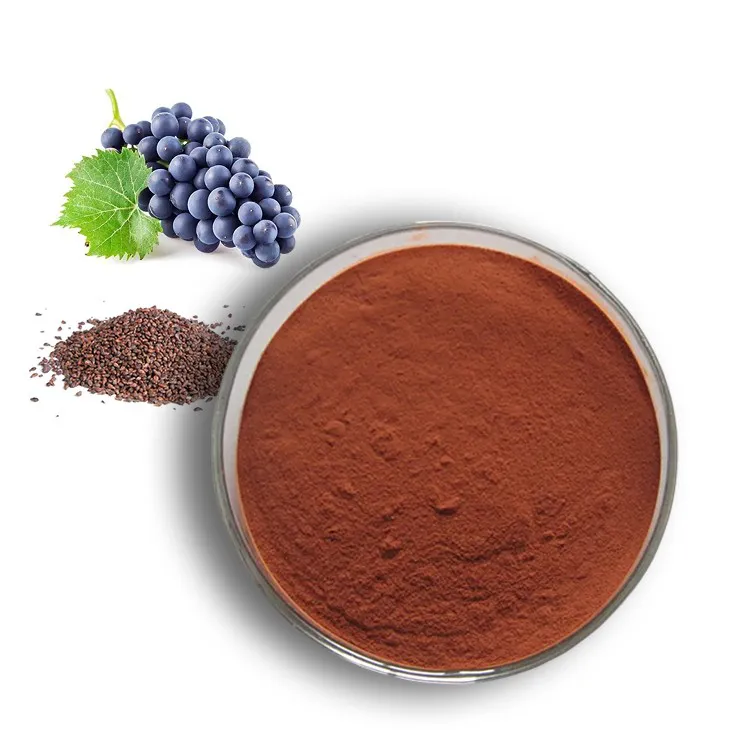
2. The Source: Natural Grape Seed Extract
2.1 Grape Varieties and Their Impact
Different grape varieties can have varying levels of proanthocyanidins in their seeds. For example, some red grape varieties are known to be rich sources. The choice of grape variety is crucial as it determines the initial potential of the natural Grape Seed Extract in terms of proanthocyanidin content. Vitis vinifera, a common grape species, has been widely studied for its proanthocyanidin - rich seeds.2.2 Collection and Preparation of Grape Seeds
Once the grapes are harvested, the seeds are separated from the pulp. This is typically done through mechanical processes such as crushing and pressing the grapes. The collected seeds are then washed and dried to remove any remaining pulp or impurities. This initial preparation is important as it ensures that the seeds are in a suitable state for further extraction processes.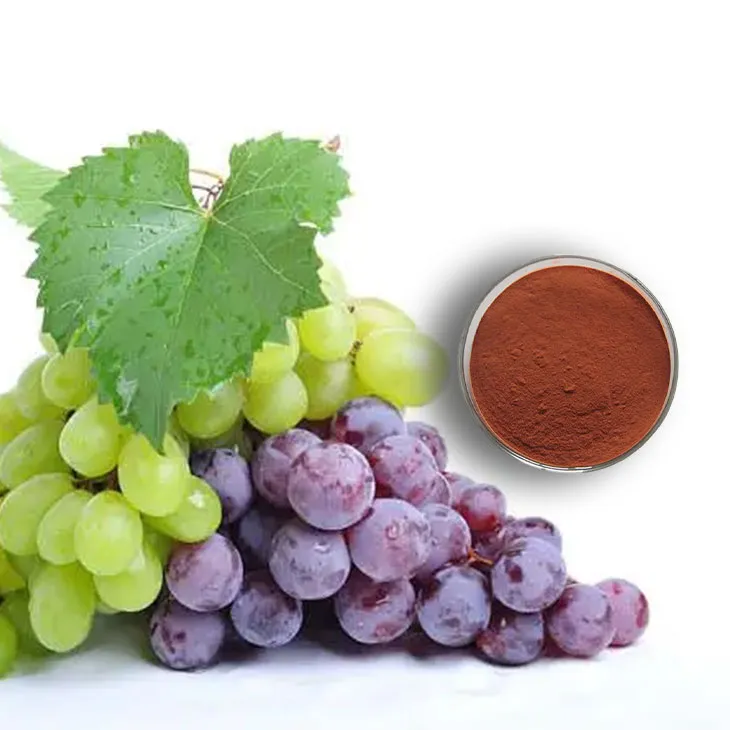
3. Mechanical Extraction
3.1 Crushing and Grinding
Mechanical methods play a vital role in breaking the seed structure to release the proanthocyanidins. The first step is often crushing the grape seeds. This can be done using crushers or mills. Crushing reduces the size of the seeds, making it easier for subsequent extraction. After crushing, grinding may be employed to further break down the seed particles into a finer powder. This not only increases the surface area available for extraction but also helps in disrupting the cell walls where the proanthocyanidins are stored.3.2 Pressing
Pressing is another important mechanical extraction method. After crushing and grinding, the powdered seeds are pressed to extract the initial liquid containing the proanthocyanidins. This liquid, which also contains other components from the seeds, is then further processed. Pressing can be carried out using hydraulic presses or screw presses. The pressure applied during pressing is carefully controlled to ensure maximum extraction without causing damage to the proanthocyanidins.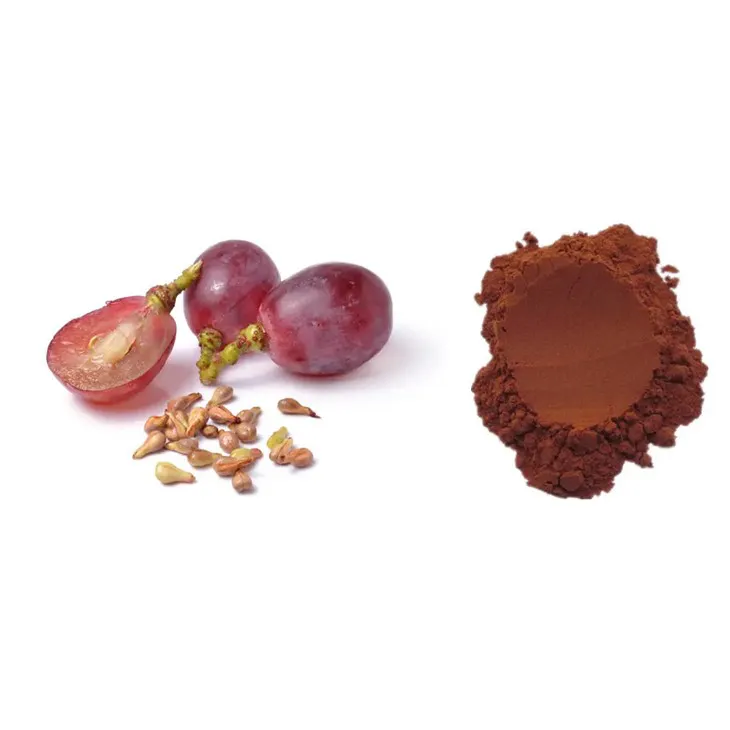
4. Chemical Extraction
4.1 Selection of Solvents
Chemical solvents are used to isolate the proanthocyanidins from the other components in the seed extract. The choice of solvent is crucial. Commonly used solvents include ethanol, methanol, and water - based solvents. Ethanol is a popular choice due to its ability to dissolve proanthocyanidins effectively while being relatively safe and easy to handle. The solvent concentration also plays a role. For example, a certain percentage of ethanol in water may be optimal for extracting proanthocyanidins.4.2 Solvent - Extraction Process
The crushed and ground seed powder is mixed with the selected solvent. This mixture is then stirred or agitated for a certain period. Stirring helps in ensuring that the solvent comes into contact with all parts of the seed powder, maximizing the extraction of proanthocyanidins. The extraction time can range from a few hours to several days depending on factors such as the nature of the seeds, the solvent used, and the desired yield. After extraction, the mixture is filtered to separate the liquid extract containing the proanthocyanidins from the solid residue.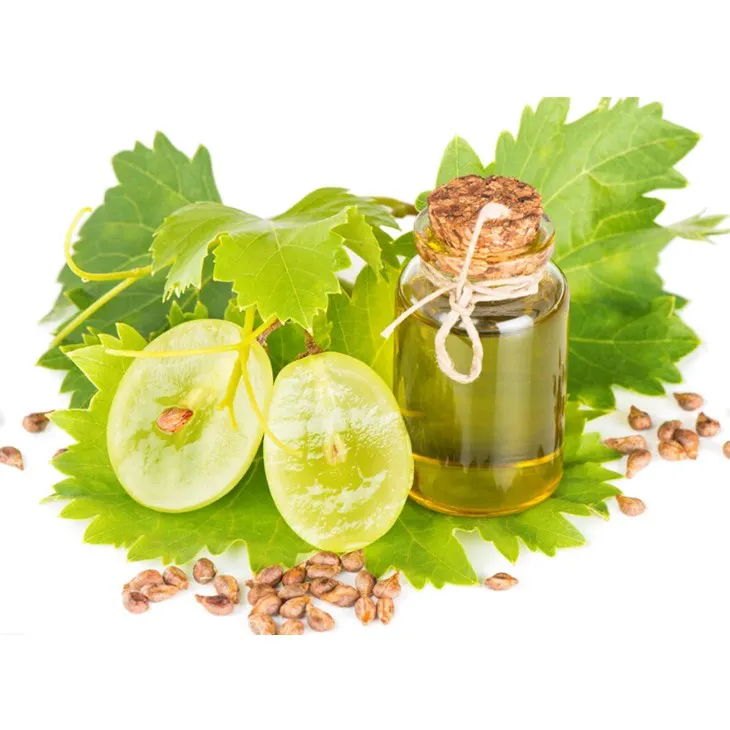
5. Concentration
The liquid extract obtained from the chemical extraction process contains a relatively low concentration of proanthocyanidins. To increase the concentration, various methods can be employed.
- Evaporation is a common method. By heating the liquid extract under controlled conditions, the solvent is evaporated, leaving behind a more concentrated proanthocyanidin solution. However, care must be taken not to overheat as high temperatures can damage the proanthocyanidins.
- Another method is membrane concentration. Membranes with specific pore sizes can be used to separate the solvent from the proanthocyanidins. This method is more gentle compared to evaporation and can preserve the integrity of the proanthocyanidins better.
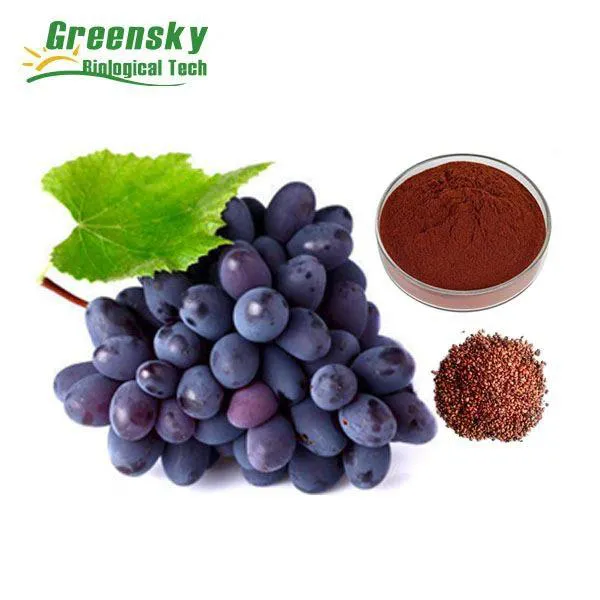
6. Drying
After concentration, the next step is drying to obtain the final product in a solid form.
- Spray drying is a widely used technique. In this process, the concentrated liquid is sprayed into a hot air chamber. The hot air quickly evaporates the remaining solvent, leaving behind a fine powder of grape seed proanthocyanidins. Spray drying is efficient and can produce a product with good flowability and solubility.
- Freeze - drying is another option. The concentrated liquid is frozen and then the ice is removed by sublimation under vacuum. Freeze - drying is more expensive but can result in a product with higher quality as it minimizes the damage to the proanthocyanidins during drying.
7. Quality Control and Analysis
7.1 Purity and Composition Analysis
Once the grape seed proanthocyanidins are extracted and dried, quality control is essential. Analyses are carried out to determine the purity of the product. Techniques such as high - performance liquid chromatography (HPLC) are used to identify and quantify the proanthocyanidins in the extract. This helps in ensuring that the product meets the required standards for its intended applications.7.2 Antioxidant and Functional Activity Testing
Since the main value of grape seed proanthocyanidins lies in their antioxidant and other functional activities, these properties are also tested. Antioxidant assays such as the DPPH (2,2 - diphenyl - 1 - picrylhydrazyl) assay can be used to measure the antioxidant capacity of the extracted proanthocyanidins. In addition, in - vitro and in - vivo studies may be conducted to evaluate their anti - inflammatory and health - promoting effects.8. Conclusion
The extraction of grape seed proanthocyanidins from Natural grape seed extract is a multi - step process that involves careful selection of raw materials, mechanical and chemical extraction techniques, concentration, and drying. Each step is crucial in obtaining a high - quality product with significant antioxidant, anti - inflammatory, and health - promoting properties. With the increasing demand for natural health products, the proper extraction and quality control of grape seed proanthocyanidins will continue to be an important area of research and development.
FAQ:
What is the first step in extracting grape seed proanthocyanidins from Natural grape seed extract?
The first step is the collection of Natural grape seed extract which is rich in potential proanthocyanidins.
What methods are combined in the extraction process?
Mechanical and chemical extraction techniques are combined. Mechanical methods break the seed structure, and chemical solvents help to isolate the proanthocyanidins.
Why is the extraction process important?
The extraction process is crucial because proanthocyanidins are valuable for their antioxidant, anti - inflammatory, and potential health - promoting effects.
What happens after the isolation of proanthocyanidins?
After the isolation of proanthocyanidins, concentration and drying processes are implemented to obtain the final product.
What are the functions of proanthocyanidins?
Proanthocyanidins have antioxidant, anti - inflammatory, and potential health - promoting effects.
Related literature
- The Extraction and Bioactivity of Grape Seed Proanthocyanidins"
- "Advances in Grape Seed Proanthocyanidin Extraction and Purification"
- "Grape Seed Proanthocyanidins: From Extraction to Application"
- ▶ Hesperidin
- ▶ citrus bioflavonoids
- ▶ plant extract
- ▶ lycopene
- ▶ Diosmin
- ▶ Grape seed extract
- ▶ Sea buckthorn Juice Powder
- ▶ Beetroot powder
- ▶ Hops Extract
- ▶ Artichoke Extract
- ▶ Reishi mushroom extract
- ▶ Astaxanthin
- ▶ Green Tea Extract
- ▶ Curcumin Extract
- ▶ Horse Chestnut Extract
- ▶ Other Problems
- ▶ Boswellia Serrata Extract
- ▶ Resveratrol Extract
- ▶ Marigold Extract
- ▶ Grape Leaf Extract
- ▶ blog3
- ▶ blog4
-
The Rutin Brands Most Worth Buying.
2024-11-29
-
Wholesale L - Arginine Suppliers.
2024-11-29
-
Nature's Bounty Ivy Extract.
2024-11-29
-
Red Clover Extract Suppliers.
2024-11-29
-
Active components in black rice extract.
2024-11-29
-
Baicalin
2024-11-29
-
Lemon Extract
2024-11-29
-
Bilberry Extract
2024-11-29
-
Giant Knotweed Extract
2024-11-29
-
Pine bark Extract Powder
2024-11-29
-
Purple Sweet Potato Extract
2024-11-29
-
Curcumin Extract
2024-11-29
-
Almond Extract Powder
2024-11-29
-
Green coffee bean Extract
2024-11-29
-
Citrus bioflavonoids
2024-11-29





















